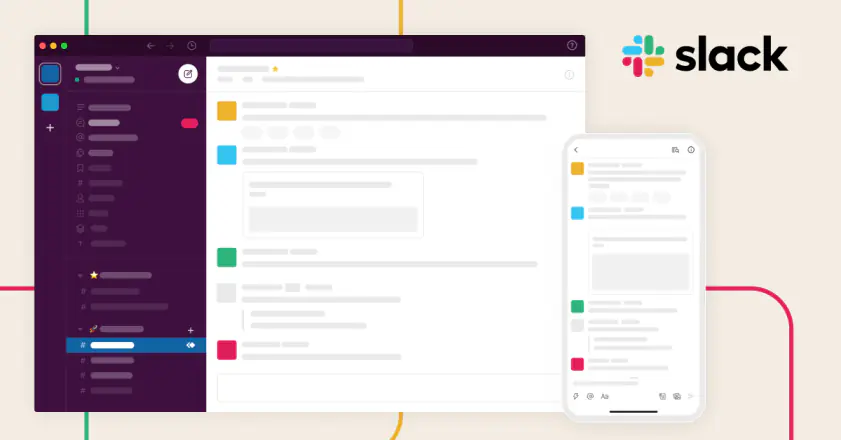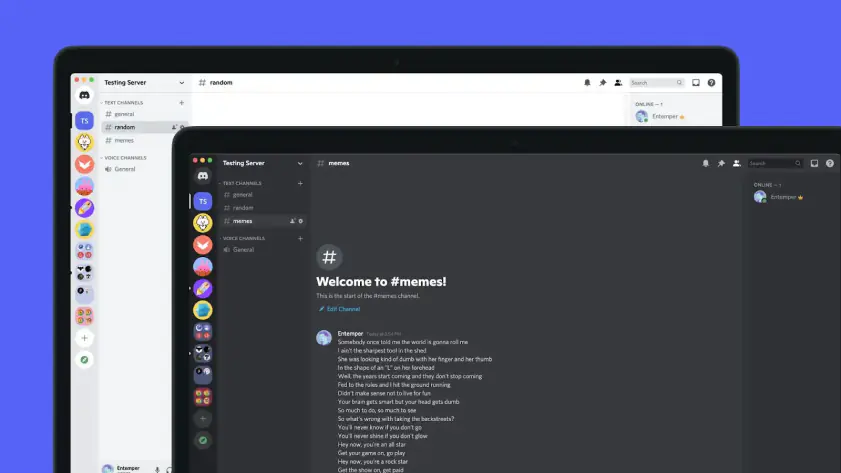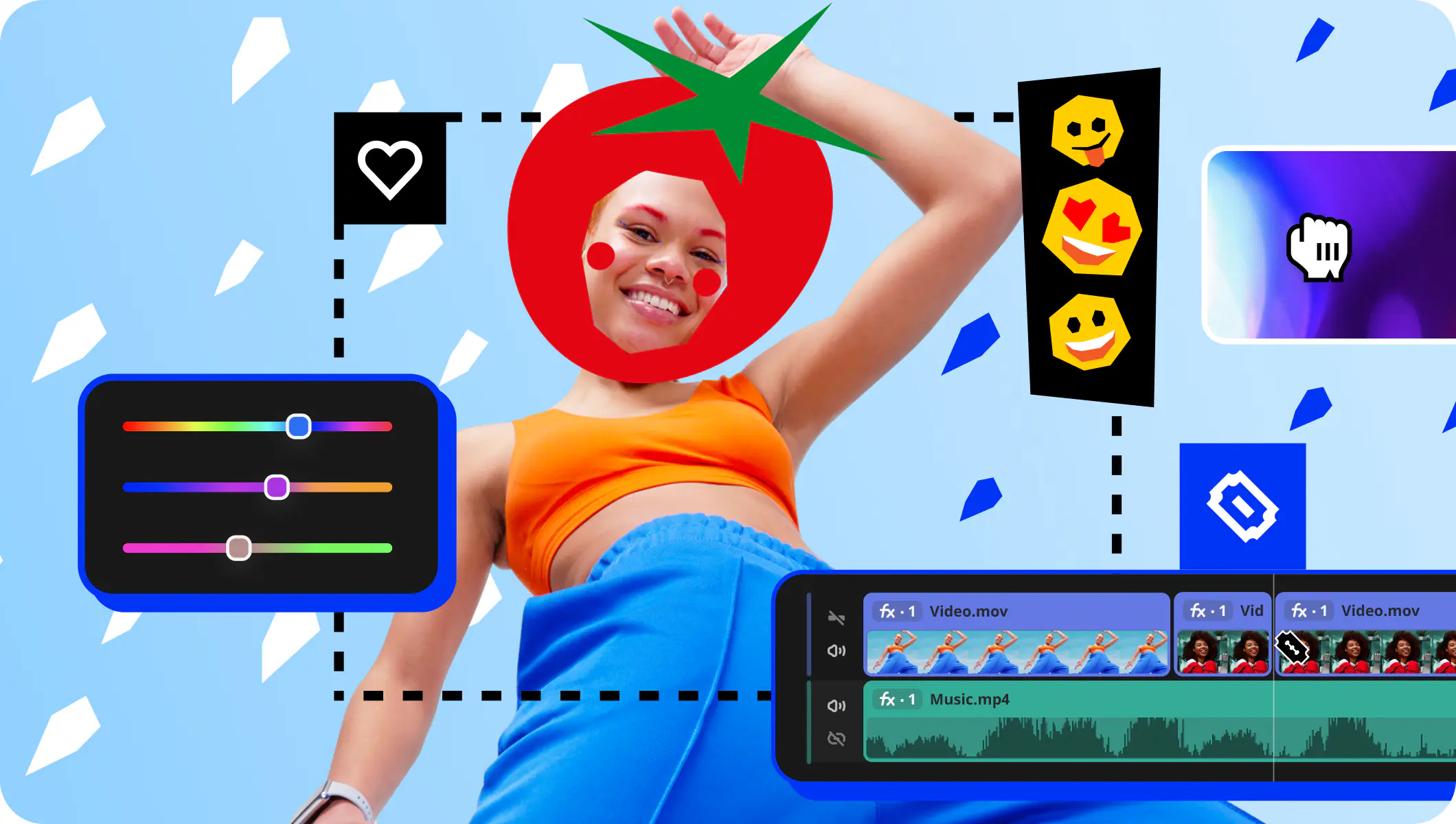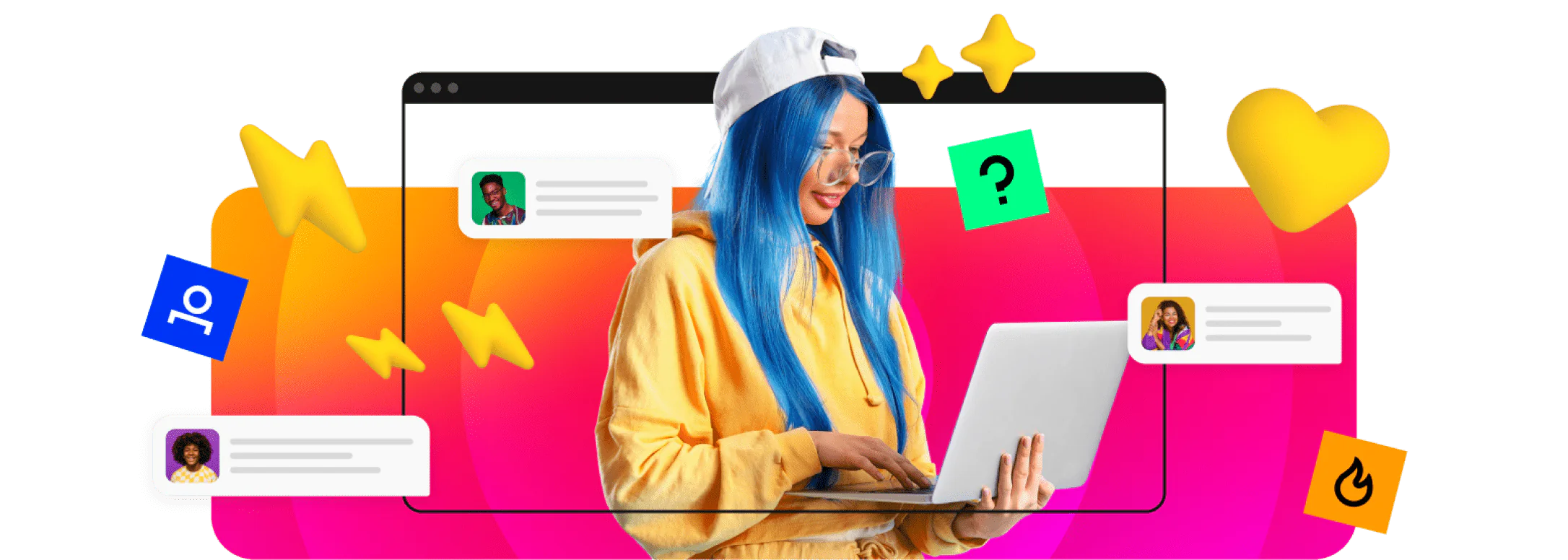What is Slack?

Slack is a business communication platform that offers an Internet Relay Chat (IRC) style system for group communication. Think of it as a chat room for your entire company that teams can use as a replacement for email in most situations – including file sharing.
Admins can organize the interface by channels, but users can still communicate via private messaging all from the same window. The program integrates with excellent services and productivity tools, such as Asana, Google Drive, and Trello. And it also integrates with more technical tools like Jira, GitHub, and Zendesk. As you read on, you’ll find that the integrations are the key selling point for this program.
Users can customize notifications, so they don’t miss out on important information. And it works well for companies that hire freelancers, as one account can access multiple Slack Workspaces – their term for company accounts.
Pricing
Free: for freelancers and personal use
Pro: for small teams; $7.25 per user per month – paid annually
Business+: for scaling businesses; $12.50 per user, per month – paid annually
Enterprise grid: for enterprises; custom pricing
Key features
Channels: these are conversation threads for individual projects, topics, or teams. Channels can be public or private.
Integrations: Slack allows you to integrate with a vast range of other business applications, enhancing its functionality. It currently supports over 2,400 unique apps, including Google Calendar, Zoom, Trello, Salesforce, and others.
File sharing and collaboration: Slack users can share files directly in the conversation threads and collaborate on them in real time.
Voice and video calls: users can start a voice or video call directly from any conversation.
Searchable history: Slack archives all conversations and files, and makes them searchable, making it easy to find past discussions and decisions.



